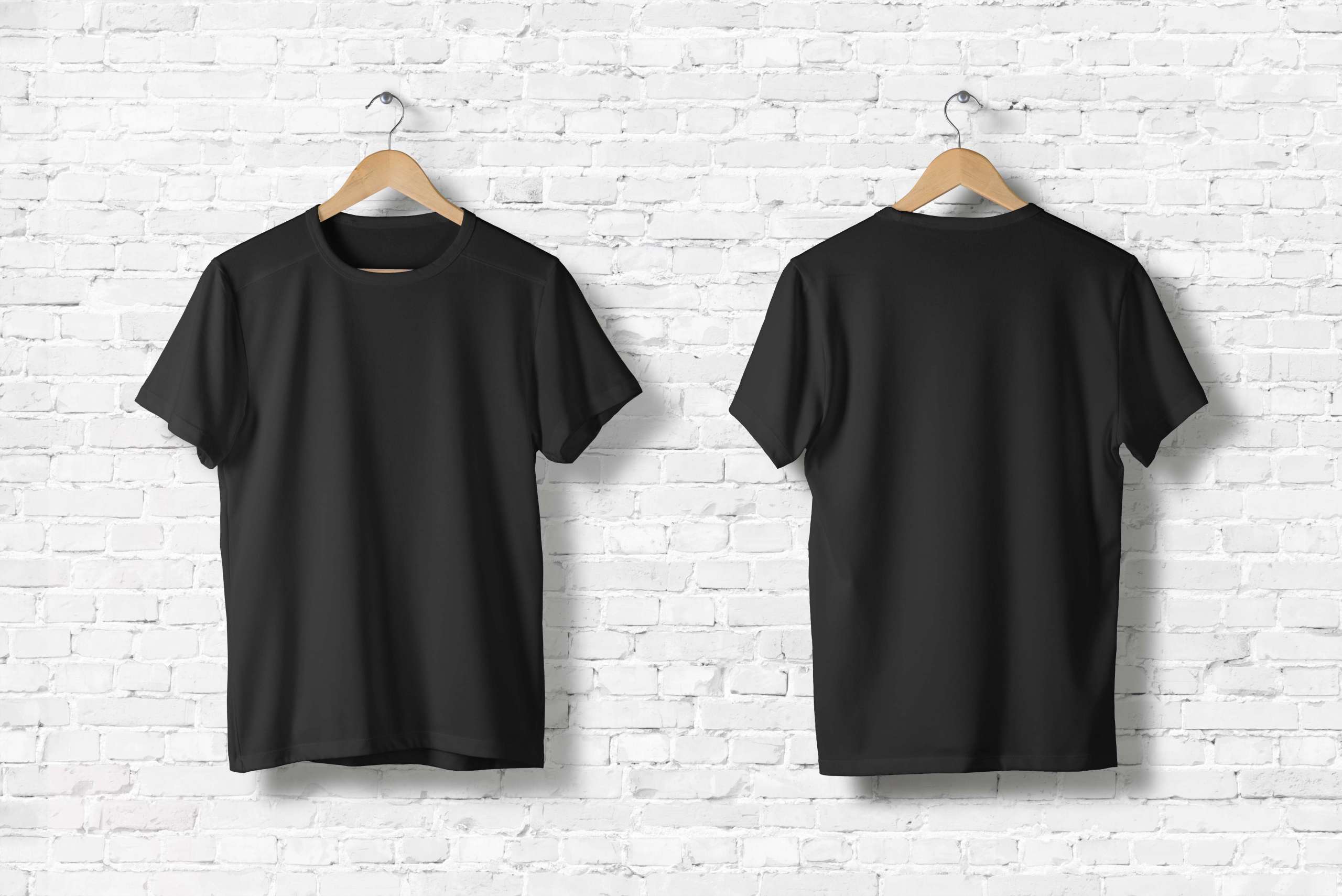4 Ways to Improve Retail Distribution of a Fashion Brand



The rise and growth of the fashion industry are continuous, making it one of the most rapidly progressing sectors. Thanks to social media’s influence, people are always looking for ways to be trendy, and the simplest way to do so is through apparel.
Shopping for clothes is now associated with a feeling of happiness for many consumers. No doubt why there’s an upsurge in demand for clothing items. Gone are the days when people used to go shopping only when festivals or main events were around. Now, people shop from fashion brands all year round.
However, the fashion industry is dynamic. With rapidly changing fashion trends and customer preferences, fashion brands need to level up their game with all these factors to stay in the industry while making a considerable profit.
The news forecasts every other day about the closing down of fashion retail stores or fashion brands going bankrupt is a matter of concern for several fashion houses.
As the saying goes, “Maintaining a fashion brand successfully is like overcoming a series of challenges regularly.”
Although there are multiple aspects that fashion brands need to look after to stay in the industry, a good retail distribution channel is the most crucial one. Fashion brands need to create a well-rooted distribution network to sustain themselves in the industry while making a profit.
Some tips and ways that every other fashion brand can follow to improve their retail distribution are mentioned in the following shortlisted points. Go through them properly!
1. Communication - Offer What the Existing Audience Really Wants
Fashion brands need to ask themselves a few questions before jumping into the solution.
- How good are they at communicating with clients or customers they already have?
- Do they communicate with the retailer only when they need to buy or pay?
- Do they notify the customers only when the sales process starts?
Every fashion brand must know who they’re dealing with and what would fascinate them. Any boost in the communication frequency should feel fascinating to them. Thus, the brand’s messages and calls must serve the purpose of rejuvenating the retailers’ lives and businesses to make them feel valued.
2. Resourcing & Creating a Sub-Brand

Fashion brands should determine the good products in their business that are not that popular as they could be due to their low margin or relatively high price. These products must be evaluated closely to know whether they could benefit from redevelopment or resourcing or not. If yes, the products will evolve to be more popular and profitable.
Pro Tip: For resourcing fashion apparel, it’s best to source the clothing material or design from one of the most trusted fashion supply-chain management platforms - Fashinza.
At times, it’s best to take a step back and view the bigger scenario when it comes to fashion brands’ collection structures and identity. In several cases, the brand structure becomes crucial for the people inside the company.
However, fashion houses should also determine whether the structure makes complete sense to the customers or not. They have to see whether their brand could do something realistic or extensive to put them in a better place for captivating the attention of more new customers.
Apart from decreasing the price, they need to consider leveling up with a sub-brand. For instance, if the brand introduces something that is a limited edition or a collaboration, or may even be beneficial to the goal, it would be ideal for appealing to the audience.
3. Utilize the Existing Structure & Networks to Sell More
There are multiple ways of doing it, but fashion brands should focus on the simple and intelligent technological solution as discussed here. The best way is to use online platforms like Stockbase to make the brand’s stock available for the retailers via online systems.
“For instance, imagine a retailer who has a website depicting the products they currently have in stock. It may happen that the retailer decides to buy a certain fashion brand’s pair of shoes or jacket in a wide range of sizes and a quantity that they felt was convenient from the beginning. Now, one of the sizes has sold out, but a customer browses online and wants to purchase that size. If the customer finds the size unavailable at the retailer’s stock, they will most likely shift to another retailer. Apart from losing the sale, the customer may never return back to make a purchase from the retailer.”
However, if the retailer had used online platforms and leveraged the power of technology with Stockbase or some other software linked to the fashion product stocks, they would’ve got live updates on the stock brand during this transaction. If the fashion apparel were available in stock at the warehouse, it would’ve simply offered it to the customer without them knowing what was happening. It would’ve automatically triggered the order and fulfillment so that the retailer and the brand made a profit by making the sale.
4. Exploring New Markets for Sales & Distribution
When some fashion brands explore and expand into new territories, they rarely have the same backing and infrastructure as they do in their home market.
As the words go out in the fashion world too often - ‘We are in Italy now as well,’ it swings a different meaning.
It simply means that some Italian retailers bought a dozen of the fashion brand’s products at each trade show. In Italy, the fashion house still goes unknown or unseen. And if it would’ve been the home market, they would’ve earned huge chunks of profit.
However, if there’s any market that shows or pays genuine interest to the fashion brand’s product, the brand must give attention to it.
Introduction of Technology to Drive Efficiency, Visibility, and Transparency for Improved Retail Distribution of a Fashion Brand

At times, fashion brands make extra profit in places where they do not expect to. For instance, the customer services or sales teams support would’ve dealt with orders for the brand in a much cleverer way if they had access to advanced software or apps. This may result in creating a better balance within the order, followed by a better sale out process, along with the lesser time involved in processing the orders by both - back office and the salesperson.
Moreover, the level of efficiency involved in handling the apparel development and production by the fashion house also plays a key role in enhancing the retail distribution channel for the brand. They must remember that lack of visibility or repetitive tasks must be alleviated if they wish to enjoy long-term profitability.
For instance, the time needed by the brand and its production team on doing administrative tasks like searching for information, maintaining spreadsheets, making overview presentations, gathering data for purchase orders, communicating with suppliers over emails for clarification, negotiation, approvals, and more, is crucial for improving retail distribution. How so? Well, efficiency ensures cost reduction, increases profit, and maximizes supply to retail outlets.
Reduced cost = Maximum profit
When the task is multiplied by the number of products, it makes any fashion brand quite an industry-dominant beast. The appropriate technology solutions can evolve the entire fashion brands business procedure.
Final Thoughts
The first step to an improved retail distribution channel is sourcing the right clothing material and design for the production of the best apparel. Whether the fashion brand is small-sized or some industry giant like Zara, with the right platform like Fashinza, they can source the best clothing materials and take further steps by following these tips mentioned above to improve retail distribution and maximize profit.



















